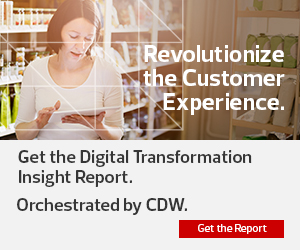Get a Customer Relationship Management System
From sales numbers to service calls, there’s a seemingly infinite number of data streams to keep track of. A customer relationship management system leads all of those streams to one place so businesses can view the data quickly and simply.
CRM tools, like Microsoft Dynamics 365 track customer interactions and contact information, record service issues, and even manage marketing campaigns — all from one platform. It then pulls that data into an easily visible and accessible place, which is particularly beneficial for small businesses looking to do more with less. Gartner predicts that by 2021, businesses will spend more on CRM tools than on any other software.
Use Tools That Will Visualize Your Data
Having the data isn’t enough anymore; businesses now must be able to use it. The numbers can’t provide business insights or trends if no one understands them, which is why data analysis and visualization tools are critical.
Solutions like Splunk or Power BI from Microsoft can make all the difference. Power BI can connect to hundreds of data sources, both on-premises and in the cloud, allowing it to be shared across organizations or even embedded in an app or website. That information can then be put into models, graphs and other visual tools within minutes, giving users the simplest version of that data to glean insights from.
Splunk is a good solution for companies collecting data from a number of devices, such as Internet of Things sensors and mobile machines. It pulls data from a variety of formats all into one place, where it can then quickly be processed and put into models. Users can also create knowledge objects, like saved searches or reports, to find the information they need efficiently.
MORE FROM BIZTECH: Watch how data has become a crucial resource for organizations.
Make the Most of Existing Platforms
For small organizations where financial resources and staffing might be limited, a good place to start gathering data is from assets they already have: social media accounts and websites.
Once this information is getting tracked, it can be used to analyze how people are talking about the business or topic, allowing organizations to tailor their responses to create the most buzz and drive the most traffic.
An organization’s website collects a wealth of information about visitors, from where they are to what they’re interested in, even before the data that’s collected at the point of sale. That information can be gathered and analyzed at little to no cost through platforms like Google Analytics.
Through tools like these, data analytics and visualization are becoming more accessible for businesses of all sizes — and for many small businesses, it could make all the difference.












